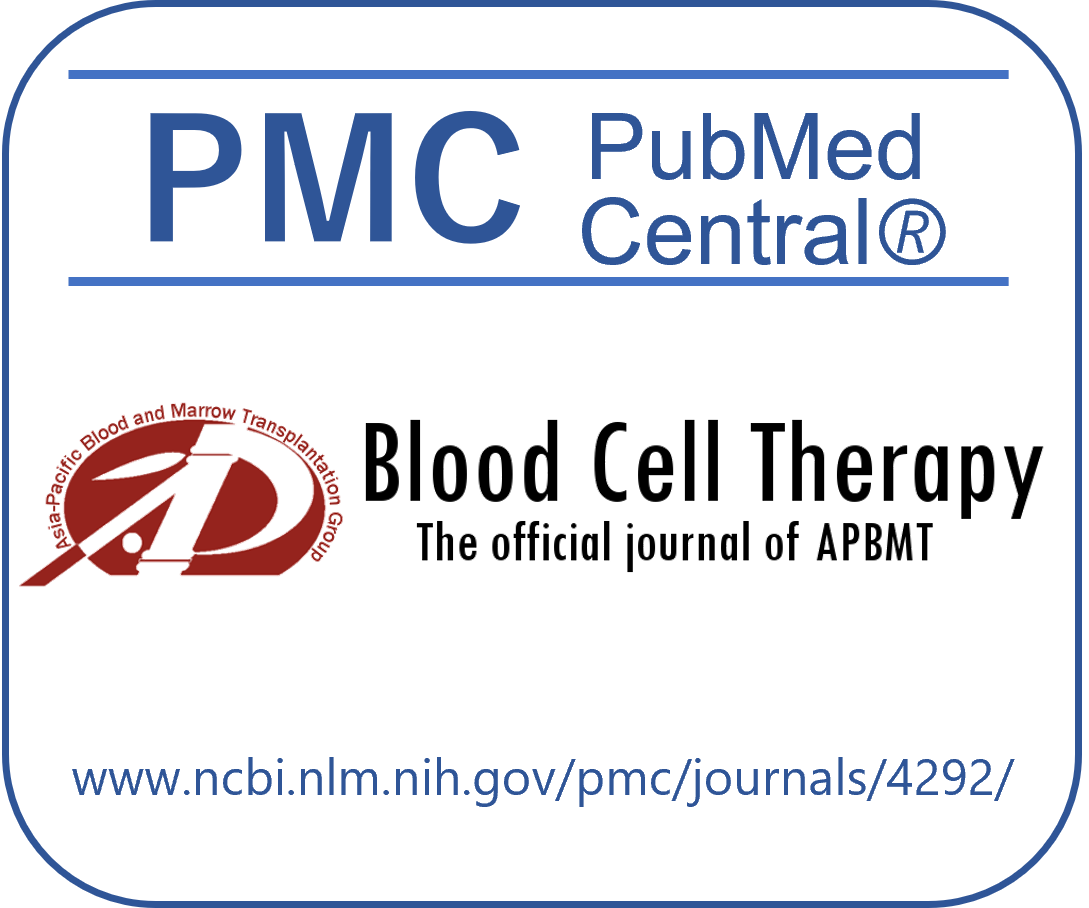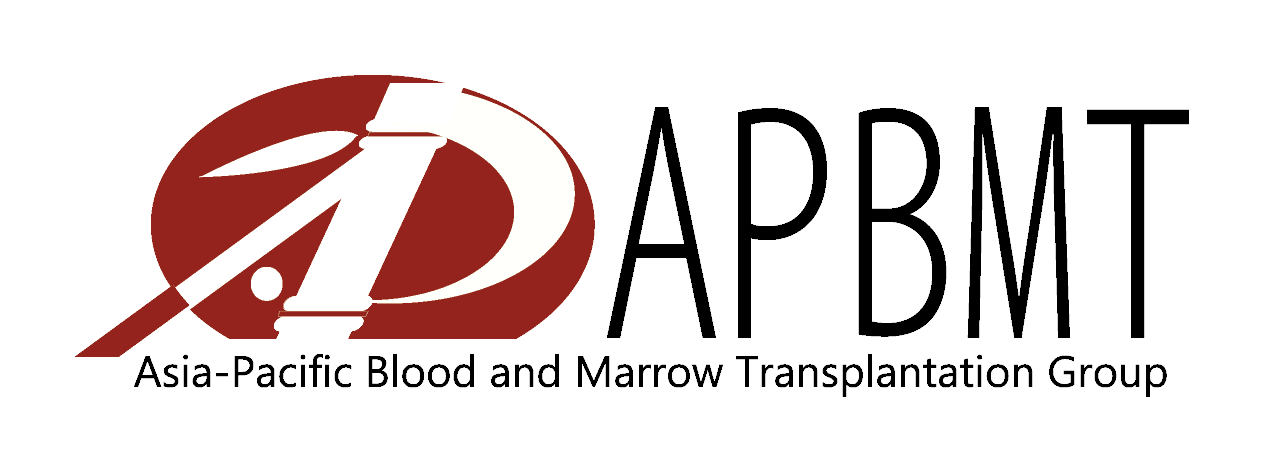Volume 8 (2025) Issue 1 No.5 Pages 170-172
Abstract
Background: Clostridioides difficile (C. difficile) infections are common in immunosuppressed patients. Sometimes these are difficult to treat in post-bone marrow transplant situations.
Methods: A 2-year-old child with relapsed acute myeloid leukemia underwent a haploidentical bone marrow transplant. He developed 30-40 episodes/day of loose watery stools on day +19. The stool was positive for C. difficile infection. He failed oral vancomycin and metronidazole therapy. He received a fecal microbiota transplant (FMT) on day +43. The donor was the same sister who donated hematopoietic stem cells.
Results: Three days later (day +46), stool frequency reduced from 22-24/day to 12-14/day. Color normalized to yellow and consistency improved from watery to semisolid without blood. He was discharged from the hospital 10 days after FMT on oral vancomycin and nasogastric feeding. Stool tested for C. difficile 16 days after FMT was negative and oral vancomycin was stopped.
Conclusion: Fecal microbiota transplant could be a useful modality in children with severe C. difficile infection post-bone marrow transplant.
Introduction
Clostridioides difficile (C. difficile) infection (CDI) is a common cause of antibiotic-associated diarrhea1. Risk factors for CDI in patients undergoing hematopoietic stem cell transplant (HSCT) include antibiotic prophylaxis or treatment, transplant conditioning-related disruption of intestinal microbiota and mucositis, and graft-versus-host disease (GVHD)2. Antibiotics are the first line of treatment and are usually successful in bone marrow transplant patients3; however, recurrence rates are 20%-30% in children and adults after a single episode of CDI4. Fecal microbiota transplant (FMT) improves intestinal dysbiosis by transferring a diverse healthy microbiome from donor to recipient5. FMT results in the resolution of diarrhea in 90% of patients with antibiotic-refractory CDI6. A randomized controlled trial of duodenal infusion of donor feces established superiority of FMT compared to vancomycin for the treatment of recurrent CDI7. Even though data on efficacy and safety of FMT in immunosuppressed patients continue to evolve, similar data in post-HSCT settings is scarce. A case series of 7 patients with CDI post-HSCT demonstrated its safety8. Data in the pediatric HSCT setting is rare.
Case Report
A 2-year-old male with relapsed refractory acute myeloid leukemia underwent haploidentical (5/10 matched sister) HSCT after conditioning with cyclophosphamide, fludarabine, and melphalan. GVHD prophylaxis consisted of post-transplant cyclophosphamide, mycophenolate mofetil (MMF) and cyclosporine. He developed grade IV GVHD of skin and gut on day +10, which presented as rashes on his palm and trunk and diarrhea that resolved with steroids by day +15. The transplant course was further complicated with cytomegalovirus (CMV) reactivation on day +16 and was treated with ganciclovir.
He developed 30-40 episodes/day of loose watery stools on day +19. The stool was positive for CDI by real-time polymerase chain reaction. Toxin was not studied. Intravenous (IV) metronidazole was started. The child was already on ciprofloxacin prophylaxis at this time.
However, stool consistency and frequency remained the same. Oral vancomycin was added on day +25 and immunosuppression was reduced by stopping MMF and reducing the steroid dose, which was eventually stopped. Cyclosporine was continued. He developed per rectal bleeding lasting 2-3 days. A colonoscopy on day +29 showed multiple colonic ulcers. Colonic biopsy revealed mild architectural abnormality with occasional crypt dropout. Crypts appeared dilated and atrophic and contained apoptotic debris. Lamina propria did not show significant inflammation. No granuloma, parasites, inclusions, or eosinophils were seen. CMV became negative on day +32.
The child continued to have diarrhea and required parenteral nutrition for electrolyte and fluid support. Despite adequate therapy with metronidazole (6 days) and oral vancomycin (14 days), stool was persistently C. difficile positive.
On day +43, fecal microbiota transplantation (FMT) was performed from her sister who donated HSCs. Her viral workup was negative, her stool gastrointestinal (GI) panel showed normal flora, and no abnormal GI pathogen was detected in the examination. A fresh stool sample was collected, and a fecal suspension was prepared with 50 g of stool sample and 100 mL of normal saline. The blended mixture was filtered and the filtered fluid was collected in a 50 mL syringe. An upper GI endoscopy was performed, and the suspension was released slowly under direct vision at the duodenojejunal junction. The procedure was uneventful and the child remained hemodynamically stable. Engraftment remained robust during the entire process.
Results
Three days later (day +46), stool frequency reduced from 22-24/day to 12-14/day. Color normalized to yellow and consistency improved from watery to semisolid. Now there was no blood, but intermittent mucus was present. After two days of FMT, the stool examination was positive for C. difficile and remained positive until day 8 of FMT. The child continued to have nutrition issues with low albumin and other electrolyte abnormalities that were managed with parenteral nutrition/nasogastric (NG) feeds and electrolyte supplementation. He was discharged from the hospital 10 days after FMT on oral vancomycin and nasogastric feeding. Stool tested for C. difficile 16 days after FMT was negative and oral vancomycin was stopped. By Day 21 of FMT, stool frequency reduced to 8-9/day, consistency changed from a semisolid to solid, and stool was yellow-colored, containing occasional mucus and green color. Some amount of mucoid diarrhea was expected to continue till multiple ulcerations in the bowel healed. At a follow-up of one year from HSCT and nine months from FMT, the child was doing well with no recurrence of CDI when he had a relapse of AML.
Discussion
High stool output in post-HSCT settings may be secondary to concomitant GI GVHD, CMV colitis, other infections or high-intensity conditioning regimens, or mucositis. Clinical presentation of diarrhea with the resolution of GVHD (the child had both skin and gut GVHD at onset) by day +15 makes this differential less likely. The child's CMV had become negative; however, diarrhea was new onset on day +19. This also makes CMV colitis unlikely. The timeline of diarrhea rules out conditioning regimen-related diarrhea. A major limitation though, is that the presence of toxin was not analyzed and there can be concerns that the patient may have been colonized with C. difficile; however, significant clinical improvement after FMT does suggest its clinical role.
Severe CDI has been defined as the presence of colitis, pneumatosis intestinalis, pseudomembranous colitis, ileus, or surgery for CDI. Prevalence of clinical cure was 82.9% and recurrence was 9.6% in pediatric patients receiving cancer treatments. Refractory CDI is CDI not responding to recommended CDI antibiotic treatment, i.e. no response after 3-5 days of therapy9. Oral metronidazole has been significantly associated with higher odds (odds ratio 1.7) and oral vancomycin was significantly associated with lower odds (odds ratio 0.4) of repeated new episodes10. Our child failed both of these therapies. The options for patients on vancomycin and IV metronidazole combination medical therapy who are still deteriorating include the addition of tigecycline, surgery, or rescue FMT11.
We defined the success of FMT as clinical improvement in terms of reduction in the frequency of stools, color, and consistency, along with an absence of blood in the stool and a negative test for C. difficile.
Another 2-year-old child has been reported who started to improve clinically 3 days after FMT12. A recent meta-analysis of FMT in children with C. difficile infection revealed an overall efficacy of 91.2% and an overall adverse event rate of 28.8%. The adverse effects were usually mild to moderate, of short duration, and self-limiting13. We did not observe any added adverse effect of FMT in our child. A recent study has identified using fresh donor stool vs thawed, previously frozen donor stool (HR 2.6), FMT delivery by colonoscopy (HR 2.41) versus other modes of delivery combined, lack of a feeding tube, and a decrease in the total number of recurrences of CDI before FMT as 4 independent predictors of FMT success in multivariable regression analysis14.
Conclusion
Fecal microbiota transplant could be a useful modality in children with severe C. difficile infection post-hematopoietic stem cell transplant.
Authors' Contributions
All authors contributed to the study's conception and design. Material preparation, data collection, and analysis were performed by VM and RN. All authors commented on previous versions of the manuscript. All authors read and approved the final manuscript.
Conflicts of Interest
The authors declare no conflict of interest. Disclosure forms provided by the authors are available on the website.
Ethical approval
The study was approved and a consent waiver was provided by IRB [PHPL/PHIEC-COMM/2024/006].
Informed Consent was obtained by this patient in this study.
References
1.Leffler DA, Lamont JT. Clostridium difficile infection. N Engl J Med. 2015; 372: 1539-48.
2.Kinnebrew MA, Lee YJ, Jenq RR, Lipuma L, Littmann ER, Gobourne A, et al. Early Clostridium difficile infection during allogeneic hematopoietic stem cell transplantation. PLoS One. 2014; 9: e90158.
3.Alonso CD, Maron G, Kamboj M, Carpenter PA, Gurunathan A, Mullane KM, et al. American Society for Transplantation and Cellular Therapy Series: #5-Management of Clostridioides difficile Infection in Hematopoietic Cell Transplant Recipients. Transplant Cell Ther. 2022; 28: 225-32.
4.Vardakas KZ, Polyzos KA, Patouni K, Rafailidis PI, Samonis G, Falagas ME. Treatment failure and recurrence of Clostridium difficile infection following treatment with vancomycin or metronidazole: a systematic review of the evidence. Int J Antimicrob Agents. 2012; 40: 1-8.
5.Baktash A, Terveer EM, Zwittink RD, Hornung BVH, Corver J, Kuijper EJ, et al. Mechanistic Insights in the Success of Fecal Microbiota Transplants for the Treatment of Clostridium difficile infections. Front Microbiol. 2018; 9: 1242.
6.Di Bella S, Gouliouris T, Petrosillo N. Fecal microbiota transplantation (FMT) for Clostridium difficile infection: focus on immunocompromised patients. J Infect Chemother. 2015; 21: 230-7.
7.van Nood E, Vrieze A, Nieuwdorp M, Fuentes S, Zoetendal EG, de Vos WM, et al. Duodenal infusion of donor feces for recurrent Clostridium difficile. N Engl J Med. 2013; 368: 407-15.
8.Webb BJ, Brunner A, Ford CD, Gazdik MA, Petersen FB, Hoda D. Fecal microbiota transplantation for recurrent Clostridium difficile infection in hematopoietic stem cell transplant recipients. Transpl Infect Dis. 2016; 18: 628-33.
9.van Prehn J, Reigadas E, Vogelzang EH, Bouza E, Hristea A, Guery B, et al. European Society of Clinical Microbiology and Infectious Diseases: 2021 update on the treatment guidance document for Clostridioides difficile infection in adults. Clin Microbiol Infect. 2021; 27 (Suppl 2): S1-21.
10.Haeusler GM, Lehrnbecher T, Agyeman PKA, Loves R, Castagnola E, Groll AH, et al. Clostridioides difficile infection in paediatric patients with cancer and haematopoietic stem cell transplant recipients. Eur J Cancer. 2022; 171: 1-9.
11.Bishop EJ, Tiruvoipati R. Management of Clostridioides difficile infection in adults and challenges in clinical practice: review and comparison of current IDSA/SHEA, ESCMID and ASID guidelines. J Antimicrob Chemother. 2022; 78: 21-30.
12.Stenberg R, Brummer RJ, Norén T. Faecal transplantation in a two-year-old child with therapy-resistant Clostridiodes difficile infection. Acta Paediatr. 2022; 111: 1628-9.
13.Wang JG, Liang Q, Dou HH, Ou Y. The global incidence of adverse events associated with fecal microbiota transplantation in children over the past 20 years: A systematic review and meta-analysis. J Gastroenterol Hepatol. 2022; 37: 2031-8.
14.Nicholson MR, Mitchell PD, Alexander E, Ballal S, Bartlett M, Becker P, et al. Efficacy of Fecal Microbiota Transplantation for Clostridium difficile Infection in Children. Clin Gastroenterol Hepatol. 2020; 18: 612-9.e1.
Search
News



